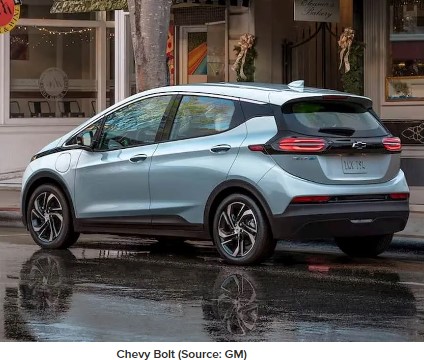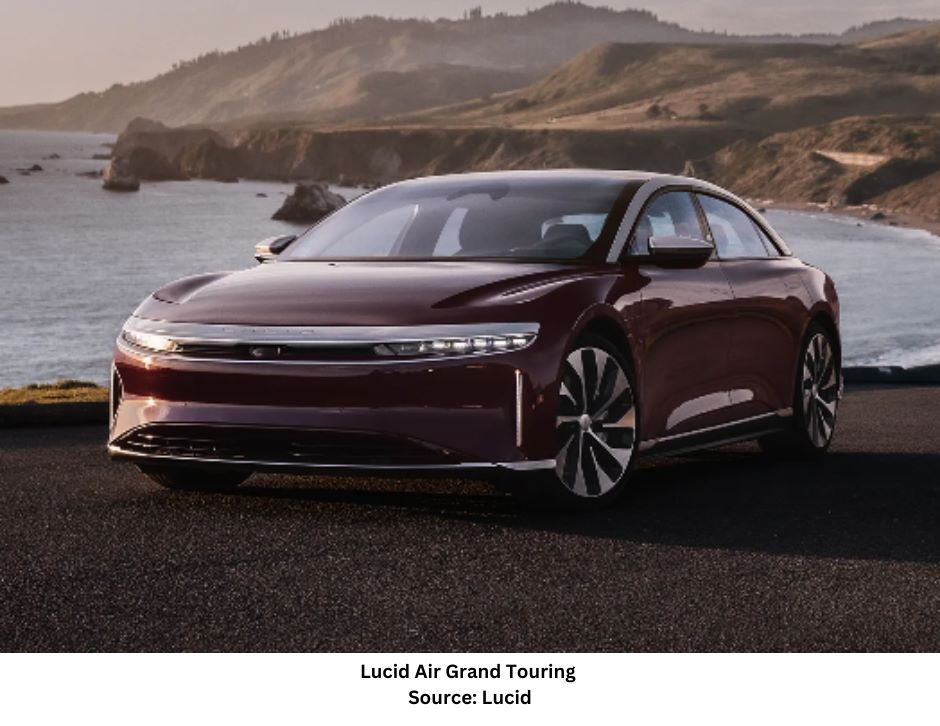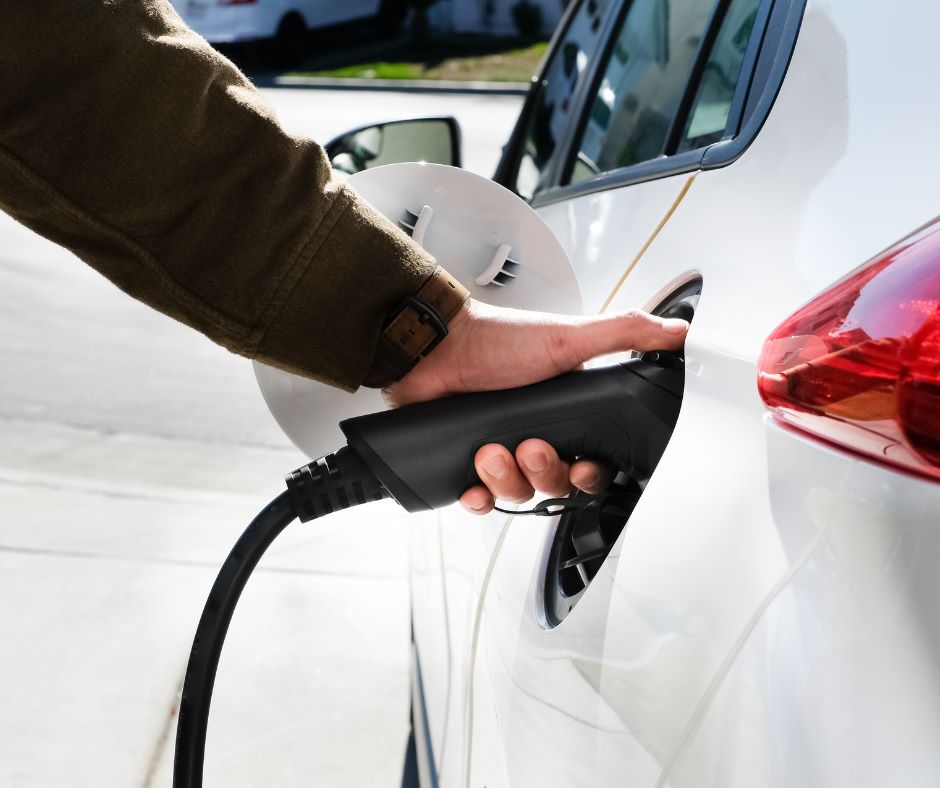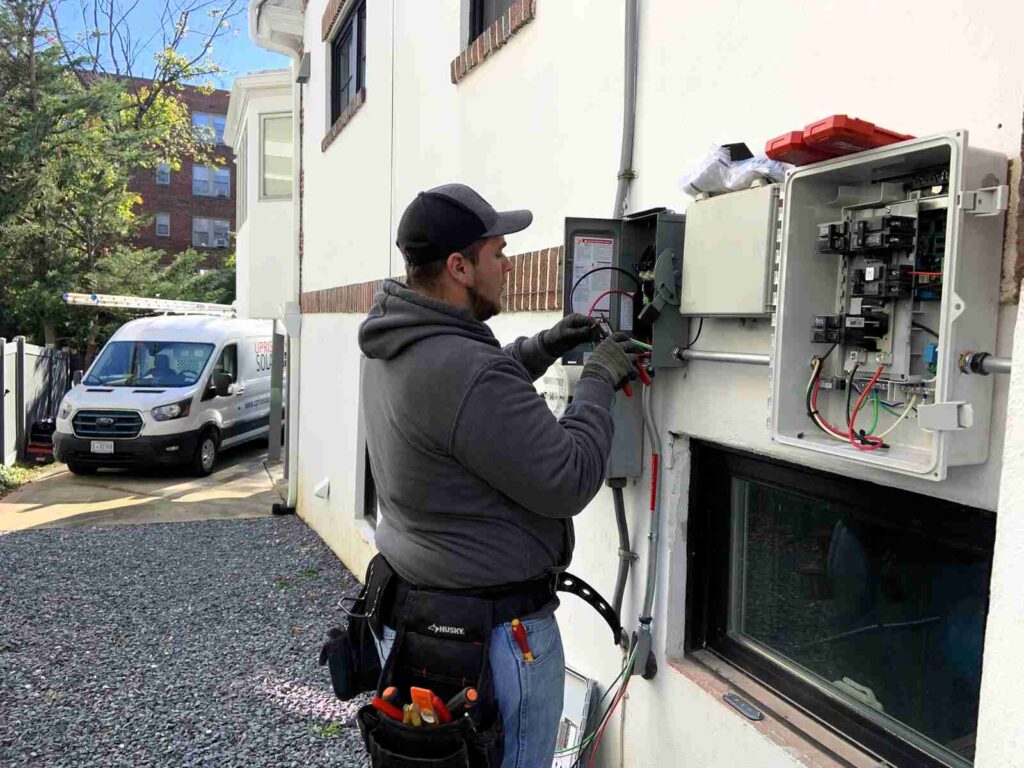Solar and electric vehicles (EVs) go together like peanut butter and jelly. If you have a solar electric system, it’s almost a no-brainer to add an EV for less expensive, emissions-free transportation. But how can you break down cost savings, emission savings, and charge timing to ensure you’re making the best choices? Check out the following tools to help you decide what car to choose and how best to set up your solar system so you can drive on sun power.

Electric Vehicle Basics
First, let’s take a look at some of the basic questions most people ask about owning an EV:
- Are there incentives for EV purchases?
- What is the range, and equivalent miles per gallon of an EV to a gas-powered car?
- How much will charging the electric car cost?
- How much cleaner is an EV to run vs. a gas-powered car?
- How can I make sure my solar energy system is big enough to charge my EV?
- If I have solar, when should I charge my vehicle?
Below we’ll work through the tools and considerations to help you set your EV lifestyle up for success!
EV Incentives
The federal government has tax credits in place for EVs. These can potentially be transferred to your dealer at the point of purchase, resulting in an immediate cash-back rebate.
- New Vehicle Clean Credit up to $7,500: You may qualify for a credit up to $7,500 if you buy a new, qualified plug-in EV. Vehicles purchased in 2023 and after must meet certain standards. Check the IRS website to see if a specific vehicle qualifies.
- Used Vehicle Clean Credit up to $4,000: If you buy a qualified used EV from a licensed dealer for $25,000 or less, you may be eligible for a used clean vehicle tax credit. The credit equals 30% of the sale price up to a maximum credit of $4,000. Read up on additional details on the IRS website.
Check with your dealer about which cars are eligible, and if they can do the tax credit transfer.
EV range: how far can I travel on one charge?
The first thing many people ask about EVs is the range. This varies by the model and by how recent the technology is. Models manufactured in 2021 have an average range of 216 miles, while those from 2024 average about 300 miles. That’s because the newer models’ technology is improving, but the range also depends on the car make and manufacturer.
For example, a 2024 Chevy Bolt has a range of 259 miles (starts at a reasonable $26,500 MSRP). Meanwhile, the 2024 Lucid Air Grand Touring boasts the highest range on the market with 516 miles (but it starts at $109,900 MSRP, gulp!).


For a list of new 2024 options (eligible for the $7,500 credit), check out this great round-up published by Consumer Reports. You can find used options (eligible for an up to $4,000 credit) at cars.com and other reputable used car dealers.
What is the miles per gallon (MPGe) equivalent for an EV?
Since electric cars don’t run on gasoline, the Environmental Protection Agency rates them based on how many kilowatt-hours (kWh) it takes for the car to drive 100 miles, which they convert to a miles-per-gallon equivalent, or MPGe.
You’ll find that most EVs have a MPGe rating of between 70 to 140 miles.
You can use FuelEconomy.gov to find and compare MPGe ratings for electric vehicles on the market in the United States.
Cost savings of driving an EV charged on grid energy vs. gas
The next piece of the puzzle is how much it will cost to run an EV with grid energy (typical electricity from your utility company) rather than gasoline. Check out the EV Savings Calculator to see how much you might save. On average, it costs about half as much to power your car with electricity than with gas.
Carbon emissions savings with an EV charged on grid energy vs. gas
Once you have a handle on how much it’ll cost to power an EV, you might wonder how much lower your carbon emissions will be. Even though grid power is still made up of sources causing greenhouse gas emissions, like natural gas, your emissions will still be lower if you charge your car with electricity.

Check out how much cleaner it is to drive an EV in any given area with the EPA’s emissions tool. This tool will give you the average equivalent emissions for an EV vs. a gasoline-powered car, depending on your local energy mix.
Pepco’s energy mix currently includes only 5% solar energy. So even though it’s still cleaner to drive an EV vs. a gas-powered car using Pepco’s electricity, adding your own solar energy to charge your car makes your EV significantly cleaner, cheaper, and better for the environment.
What’s the most effective way to use solar energy with an EV?
Many people own an EV without installing solar panels. And as we’ve seen, their emissions and cost of operation are still reduced. But there’s nothing cooler than having an electric car that runs off free power from the sun, with zero emissions. As long as your solar system covers the electricity needs of your home and your car, your utility bill will be minimal, even if you charge your car when the sun’s not shining.
Right-size your solar project for an EV
Our solar experts can help you figure out how to size your solar system to accommodate an electric car. For a general idea, the MPGe rating tool mentioned above will help you determine how much average energy your electric car will need. For example, the 2014 Nissan Leaf has a combined fuel economy rating of 30 kWh/100 miles. This means the Leaf requires 30 kWh of electricity to drive 100 miles. If you drive 25 miles on an average day, that means you’re using approximately 7.5 kWh of electricity per day – or just over 2,700 kWh of electricity in a year. This is the extra amount of electricity you’ll need your solar energy system to produce.

Armed with this info, you can work with your solar consultant to design a solar system that will generate sufficient power for both your home and your EV.
When is the best time to charge my car if I have solar?
Net metering means it doesn’t matter when you charge your vehicle. All solar customers in our area have a 1:1 net metering setup for their solar panels. So it doesn’t really matter if you consume the power you produce with your solar panels right away, or if you send that power onto the grid and use it later on. This is because you get a dollar-for-dollar credit for the extra power your panels produce, no matter when it’s produced, and no matter when you use it.
The only difference between charging at night vs. during the day is that charging your car during the day directly from your solar panels means you use the solar power straight from the panels, reducing the amount sent to the grid. If you charge your car at night, you’re using energy from the grid. But it will be counted toward your net metering credits, so cost-wise, it will be the same as long as your system is sized to cover your home and your car’s electricity usage.
Time-of-use (TOU) rates could save you money if your system doesn’t cover 100% of your electricity usage and you have to buy some grid energy each month. Net metering customers with Pepco are eligible for TOU rates.
With the Whole House TOU Rate, residential customers with an EV charger can potentially save money when charging during off-peak hours, when electricity prices are lower. If you typically charge your EV during mornings, evenings, or overnight, this rate could save you money.
However, if you typically have higher-than-average household energy use during the day or are unable to shift your primary electricity usage at home to off-peak hours, then the Whole House TOU Rate may not work for you. You can check out this calculator on Pepco’s site to get a better idea if TOU would save you money.
Get in Touch!
We hope all the tools and information we shared here will help you make a decision about buying an EV, or using your EV in the most effective way to save you money and reduce your carbon emissions. Give us a call any time to talk more about this topic. We are EV enthusiasts and love to help others drive with sun power! Reach out at (202) 750-5718 or fill out our form online.
